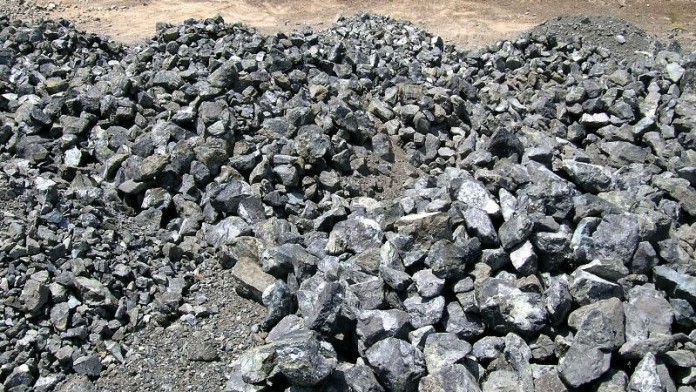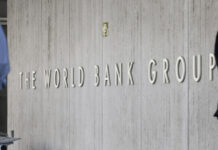
SOUTH Africa’s chrome ore industry has failed in its attempt to win an exemption from the Competition Commission that would have enabled it to discuss alternatives to an export tax controversially proposed by Cabinet last year.
The export tax is intended to boost the country’s ferrochrome industry which uses chrome ore supply. However, ChromeSA says it will only have short-term benefits and could potentially backfire in the long run.
It argues that alternative chrome ore producers have an excess supply that could be brought to bear in the wake of uncompetitive South African material. The majority of South African chrome ore exports are to China which it uses for its own ferrochrome sector.
“We remain adamant that a chrome ore export tax will be devastating for independent chrome ore producers who rely almost entirely on exports and who employ over 43,000 workers (direct and indirect jobs),” said ChromeSA.
ChromeSA, an industry association, represents the interests of Sibanye-Stillwater, Anglo American, Tharisa, and Northam Platinum among others.
The application for an exemption was lodged nine months ago. The refusal of the application by the Competition Commission was gazetted over the weekend, ChromeSA said in an announcement today.
Despite its failed application, it was open to engaging with the ferrochrome producer – which is led by Glencore as South Africa’s largest ferrochrome producer. Alternatives to the export tax could be securing special power dispensations from Eskom.
“Our detailed analysis reveals that a chrome ore export tax would, on balance, have a negative impact on South African employment, communities and investment in the mining industry,” said ChromeSA.
Electricity prices have escalated more than 500% in the last decade, Minerals Council SA data shows. The council said last year that a “… longer-term electricity pricing mechanism to enable planning” should be introduced.
It also called for the critical need to “… review the current electricity-intensive user cross-subsidy and to possibly phase this out. Also, the council wanted to see if “the winter peak demand tariff cannot be adjusted”.
Over the past decade South Africa’s ferrochrome production has risen from 3.2 million to 3.6 million tons in 2019. Despite this growth, South Africa’s share of the world ferrochrome production fell from 47% of the total in 2010 to 25% in 2019.










